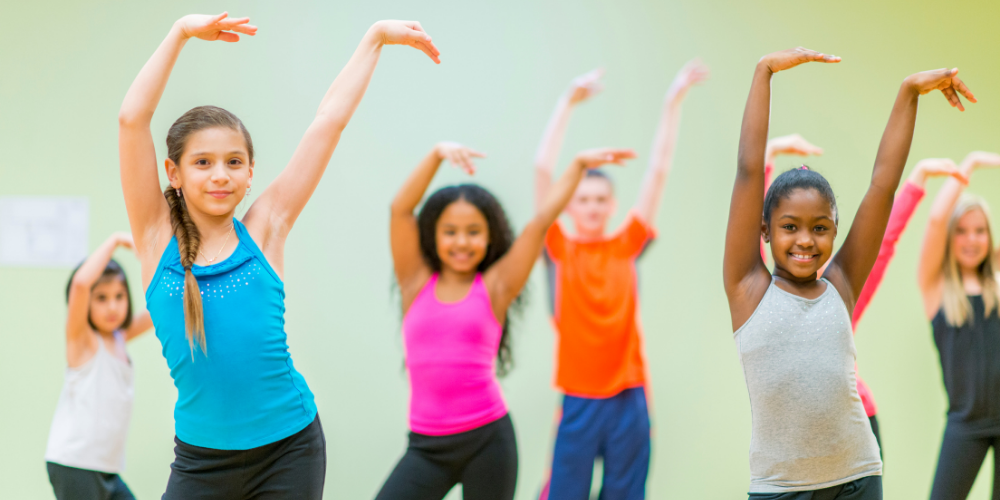When I was a special education teacher, I never thought about the parallels between dancing and teaching…mostly because of my two left feet and a massive lack of knowledge about dance. Well, that all changed when I started writing new course 5140: New Moves for Teaching Students with Disabilities.
You see, Teaching Channel course developers always start by reading the chosen course text. In this case, Shaking Up Special Education by Savanna Flakes is the course’s primary resource. This book incorporates a dance theme. Remember, I am not a big dancer. In real life (wedding receptions, raves, and the like), I am not overly skilled, remotely creative, or even funny on the dance floor. So, when I came upon references to dances in the text, I had to look them up. I needed to see a video representation so I could understand the connections and parallels the author was drawing for me. This “research” was fun and allowed me to learn the ideas presented in the text more easily and at a deeper level. (Teacher Tip: Try this video research activity with your students. It may allow them to better connect or understand the content you want them to learn.)
This book and course are filled with strategies and ideas, and we hope they inspire new moves for you as you instruct students with special needs. As you read and learn, you will be inspired to follow Flakes’ lead as she teaches dance choices and strategies to help you shake up your instruction. Below is a sampling of chapters, dance pairings, and strategies. Enjoy!
(These dances are presented in the order of their presentation in the text as chapter titles.)
Chapter 1 & Dance 1:Bunny Hop
Strategy: Make time for relationship building between students and with students to ensure an inclusive, equitable, and safe learning community.
Chapter 2 & Dance 2: Cha Cha
Strategy: Co-plan with colleagues to build collaboration and effective co-teaching partnerships to have a “profound impact on a range of learners with and without disabilities from a variety cultures.”
Chapter 3 & Dance 3: Jitterbug
Strategy: Use specially designed instruction as a layer above and beyond good core instruction.
Chapter 4 & Dance 4: Kathak
Strategy: Provide choice as often as possible to create independent, self-regulated, motivated, strategic learners and get all students involved.
Chapter 5 & Dance 5: Hip Hop
Strategy: Give all students many opportunities to respond during a lesson to help you clear up misconceptions and adjust instruction.
Chapter 6 & Dance 6: Waltz
Strategy: Infuse social and emotional learning into your lesson plans to ensure success beyond the school and help develop responsible citizens in our world.
Chapter 7 & Dance 7: Superhero Dance
Strategy: Add mindful moments throughout the school day to better teach (and learn) self-regulation.
Want to discover more dance and instructional parallels? Need some new methods for teaching students with special needs? Either way, you’ll find some fresh and fun ideas and interactive strategies in our newest Special Populations course 5140: New Moves for Teaching Students with Disabilities. Check it out now!






